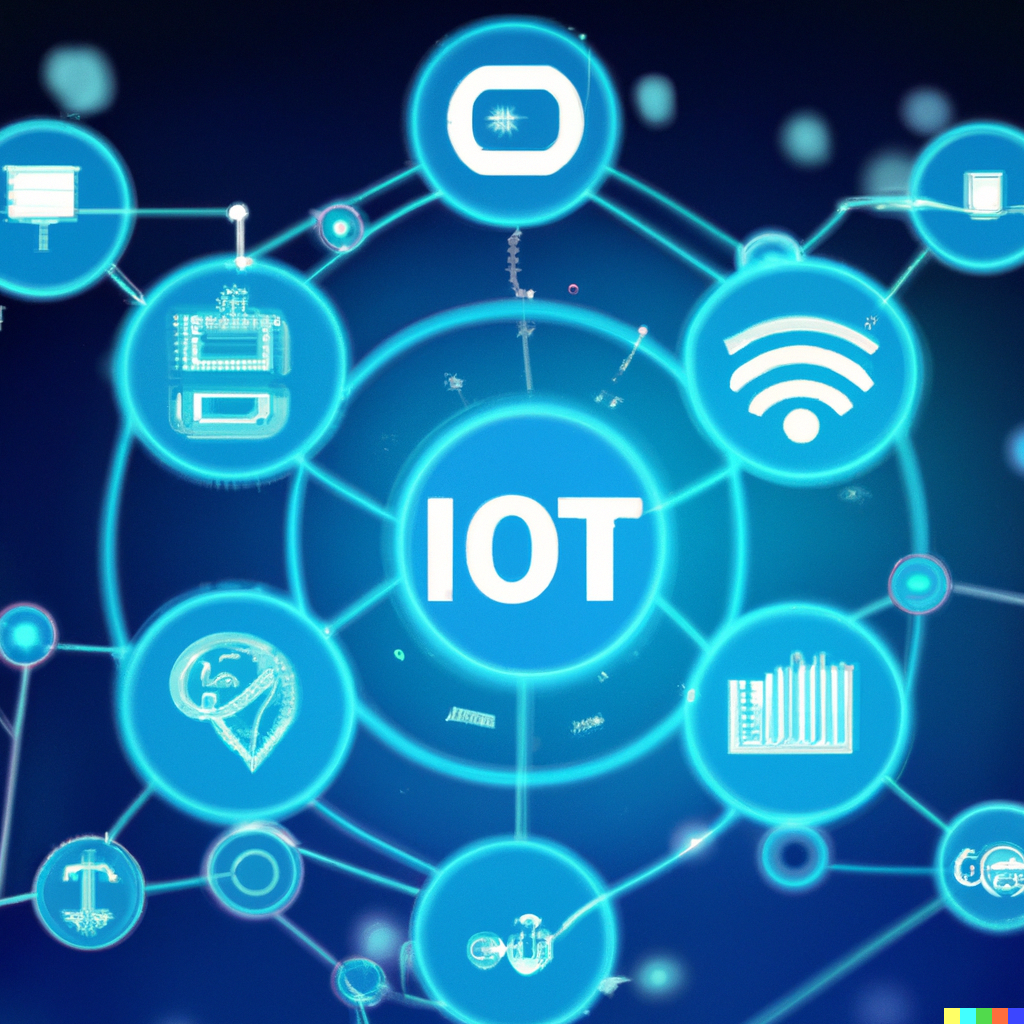July 20 | Internet of Things IOT

The Internet of Things (IoT) has rapidly evolved from a futuristic concept into a reality that shapes our daily lives, industries, and economies. By connecting physical objects to the internet, IoT enables these objects to collect, share, and analyze data, leading to increased efficiency, improved decision-making, and new business opportunities. In this article, we will delve into the intricacies of IoT, exploring its components, applications, challenges, and future prospects.
The Internet of Things refers to the network of physical devices—often referred to as "smart devices"—embedded with sensors, software, and other technologies to communicate and exchange data with other devices and systems over the internet. These devices range from everyday household items like refrigerators and thermostats to sophisticated industrial machines.
Sensors and Actuators: Sensors collect data from the environment (e.g., temperature, humidity, motion), while actuators perform actions based on the processed data (e.g., turning on lights, adjusting thermostats).
Connectivity: IoT devices need to communicate with each other and central systems, often using various communication protocols like Wi-Fi, Bluetooth, Zigbee, and cellular networks.
Data Processing: The data collected by IoT devices need to be processed, either locally (edge computing) or remotely (cloud computing), to extract meaningful insights.
User Interface: The interaction layer where users can monitor, manage, and control IoT devices, often through mobile apps or web interfaces.
IoT’s versatility makes it applicable across various domains:
Smart Homes: IoT devices in homes can control lighting, heating, security systems, and appliances, creating more convenient and energy-efficient living environments. Examples include smart thermostats like Nest, smart lights like Philips Hue, and home security systems like Ring.
Healthcare: IoT enables remote patient monitoring, wearable health devices, and smart medical equipment, improving patient care and reducing healthcare costs. Devices like Fitbit and Apple Watch monitor vital signs, while smart pill bottles ensure medication adherence.
Industrial IoT (IIoT): IoT in manufacturing enhances process automation, predictive maintenance, and supply chain optimization. Connected sensors on machinery predict equipment failures before they happen, reducing downtime and maintenance costs.
Smart Cities: IoT technologies help manage urban infrastructure more efficiently, from traffic management and waste collection to energy distribution and public safety. Smart traffic lights adjust to real-time traffic conditions, and connected streetlights reduce energy consumption.
Agriculture: IoT in agriculture, or “smart farming,” uses sensors and automated systems to monitor crop health, soil conditions, and water usage, increasing yield and reducing waste. Drones and sensors provide precise field data, enabling data-driven farming practices.
Despite its benefits, IoT faces several challenges:
Security: The vast number of connected devices increases the risk of cyberattacks. Ensuring data privacy and protecting IoT systems from breaches are critical.
Interoperability: With numerous manufacturers and standards, ensuring that different IoT devices and systems can work together seamlessly is a significant challenge.
Data Management: The massive volume of data generated by IoT devices requires robust data storage, processing, and analysis capabilities.
Power Consumption: Many IoT devices rely on battery power, and efficient energy management is necessary to ensure their longevity and reliability.
Regulation and Standardization: Developing universal standards and regulations for IoT devices and networks is essential to ensure safety, security, and interoperability.
The future of IoT is promising, with advancements expected in various areas:
5G Technology: The rollout of 5G networks will provide faster, more reliable connectivity, enabling real-time data transmission and enhanced IoT performance.
Edge Computing: Processing data closer to where it is generated (at the edge) will reduce latency and bandwidth use, allowing for faster decision-making and real-time applications.
Artificial Intelligence (AI): Integrating AI with IoT will enable more sophisticated data analysis, predictive maintenance, and autonomous decision-making.
Blockchain: Using blockchain technology can enhance IoT security by providing transparent, tamper-proof records of data transactions.
Sustainability: IoT can contribute to sustainability efforts by optimizing resource usage, reducing waste, and improving energy efficiency across various sectors.
The Internet of Things is revolutionizing the way we live, work, and interact with our environment. By connecting the physical and digital worlds, IoT offers unprecedented opportunities for innovation and efficiency. However, realizing its full potential requires addressing challenges related to security, interoperability, and data management. As technology advances and new solutions emerge, the impact of IoT is set to grow, paving the way for a smarter, more connected future.
By providing a comprehensive understanding of IoT, this article aims to highlight its significance and potential, encouraging further exploration and adoption of this transformative technology.
SHARE THIS:
© Copyright 2025Global Tech AwardsAll Rights Reserved